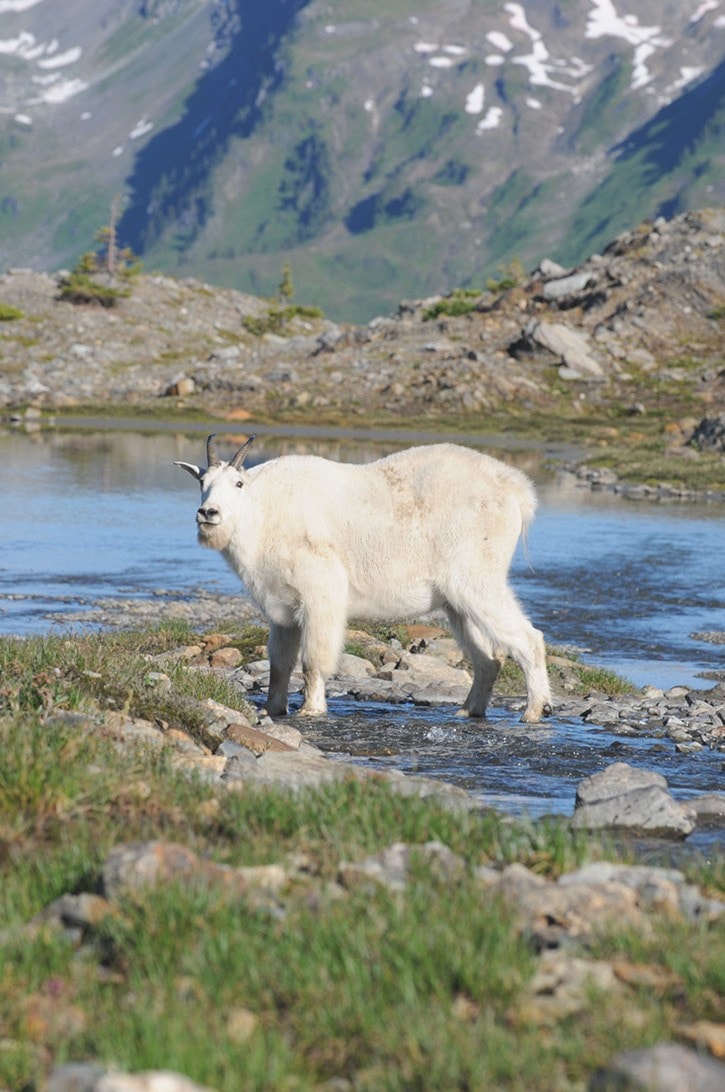Winter is upon us, and a few weeks ago B.C.’s chief Coroner released statistics showing an average of 10 people die annually while engaged in skiing, snowmobiling, and snowboarding, while another 15 people die annually from exposure to cold or hypothermia in the province.
That’s an average of 25 people dying every winter in B.C., of which more than 90 per cent are preventable if backcountry winter enthusiasts are properly equipped and heed the warnings of experts.
Deaths and injuries will occur even with the most thought-out risk management plan. But if you make the effort, a few dollars’ worth of equipment and training and a few pounds of emergency equipment may save your life — or at least make an injury more comfortable while self-rescuing or awaiting the arrival of emergency personnel.
The report noted 7,000 people took avalanche courses run by the avalanche center last year. Training is critical in judgement calls, but if the experts advise there is a high to extreme risk of avalanche in the region you plan on visiting, plan to visit a different location. There are plenty of mountains in B.C.
Over the years I’ve shared many stories of backcountry travellers — those who were properly prepared and those who were not — and their outcomes. Well, I’d like to share an adventure from this past summer (no, it wasn’t winter, but it illustrates having emergency gear can make the difference between a disaster and a reasonably enjoyable adventure — or, in this particular instance, a fantastic adventure).
We were scrambling up a scree slope at about 8,000 feet in early morning in the Selkirks. One moment all was good, the next we were hit with a rock shower of shale and brittle quartz (we figured we had spooked some mountain goats above us).
Well, we mostly made it out unscratched except for my right hand, which took a beating. Initially I didn’t notice pain, most likely due to the adrenaline rush of the rock shower. It was the following morning while attempting to rise that the pain in the wrist was, well, as a pregnant woman giving birth would say, “Suck it up, girly man.”
We checked blood flow, which was good; there was no grating of bone, leading us to believe it was a simple fracture with ample swelling. Carrying a modified Level 1 first aid kit always when in the backcountry allowed us to splint the wrist. We discussed our options but determined that the docs would only x-ray and place a cast on the wrist, which already was immobile with good blood flow.
If it wasn’t for the first aid kit, our adventure would have ended that morning. Instead, we spent the next two weeks traversing glaciers and enjoying the best mountain goat encounters — including spending several hours with Goliath, a well-known goat to the local mountaineers, and, as his name implies, he’s massive.
The second last day of that trip provided a memory I’ll cherish until they bury my bones. While having our morning coffee and enjoying the sun breaking the horizon, a Billy wandered up and head-butted my raised foot.
As to the wrist, our prognosis was reasonably close. It was multiple fractures and some tendon inflammation, two casts and physiotherapy to follow. The greatest pain was a lot of cheap talk about aging bones from a bunch of young whipper-snappers whose greatest adventure will be their high scores on their video games. Touché.
Injuries will happen, and when nature bites, she bites hard. So be prepared, have the proper gear and training, carry a decent first aid kit and listen to the experts — they usually have some pretty good advice. As for the skiers and snowboarders who cross the “Do not go beyond this sign due to hazardous conditions” line, the planet is, I believe, over populated anyhow. Do we really want these characters mixed in the gene pool?
Lawrence Woodall is a longtime naturalist who has spent much of his life in the outdoors.
